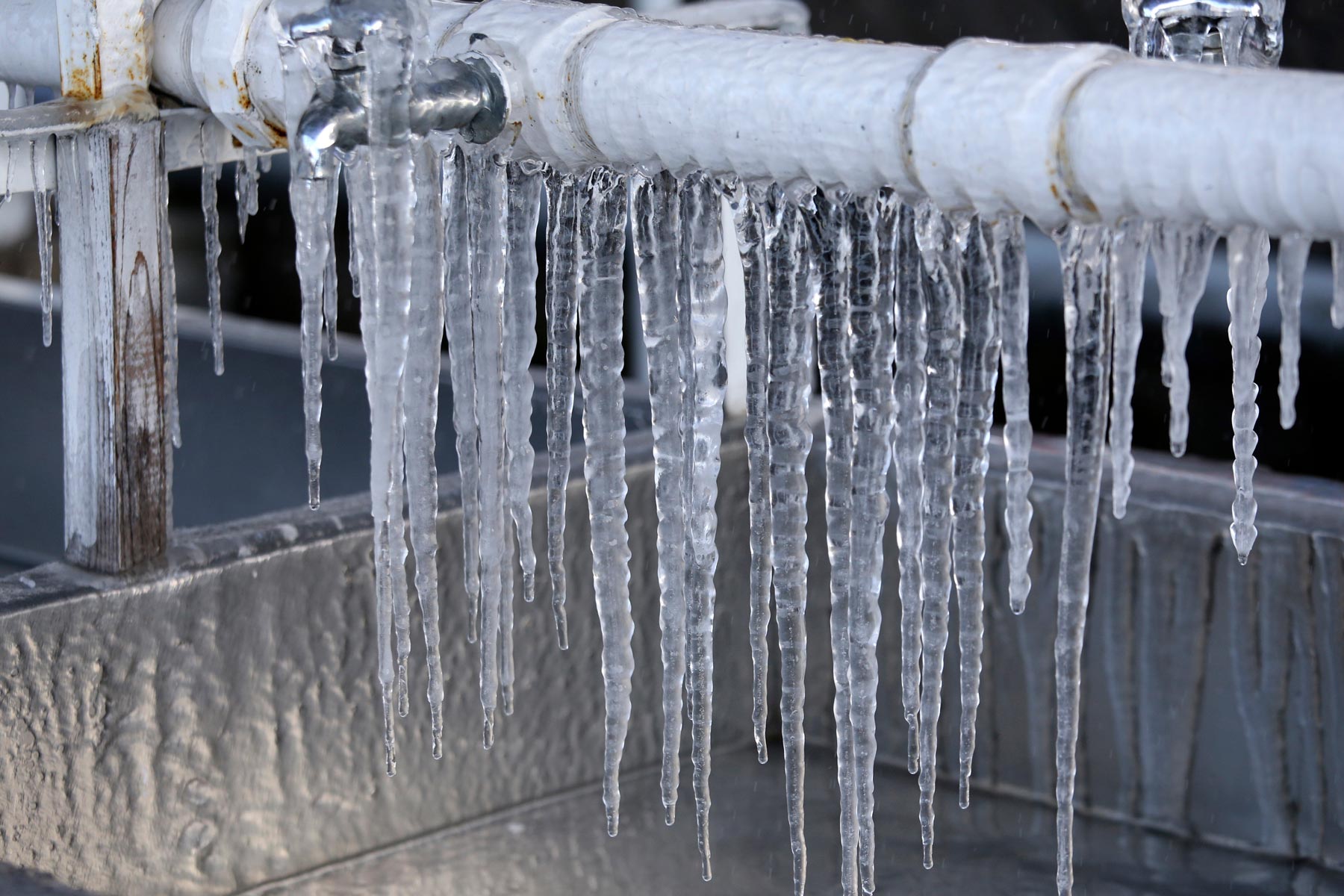Tips to Keep Your Pipes from Cold Weather Issues: Essential Advice
Tips to Keep Your Pipes from Cold Weather Issues: Essential Advice
Blog Article
Each person has got their own individual beliefs with regards to Winter Plumbing Precautions: Preventing Frozen Pipes.

Cold weather can damage your pipes, specifically by freezing pipelines. Below's how to stop it from taking place and what to do if it does.
Intro
As temperatures drop, the danger of icy pipelines increases, possibly causing expensive repair work and water damage. Understanding exactly how to prevent frozen pipes is critical for property owners in chilly environments.
Avoidance Tips
Insulating at risk pipes
Wrap pipelines in insulation sleeves or make use of warm tape to safeguard them from freezing temperature levels. Concentrate on pipelines in unheated or outside locations of the home.
Heating techniques
Maintain indoor areas adequately heated up, specifically areas with plumbing. Open up closet doors to allow warm air to distribute around pipelines under sinks.
How to identify frozen pipes
Try to find lowered water circulation from taps, unusual odors or noises from pipes, and visible frost on exposed pipes.
Long-Term Solutions
Structural adjustments
Consider rerouting pipes away from outside wall surfaces or unheated locations. Add extra insulation to attics, cellars, and crawl spaces.
Updating insulation
Purchase premium insulation for pipelines, attics, and wall surfaces. Proper insulation assists maintain regular temperatures and lowers the risk of frozen pipelines.
Securing Exterior Pipes
Yard hoses and outdoor taps
Detach and drain yard hoses prior to winter season. Mount frost-proof spigots or cover exterior faucets with protected caps.
Understanding Frozen Pipelines
What causes pipes to ice up?
Pipelines freeze when subjected to temperature levels below 32 ° F (0 ° C) for extended periods. As water inside the pipelines ices up, it expands, putting pressure on the pipe walls and potentially triggering them to break.
Threats and problems
Icy pipelines can lead to supply of water interruptions, building damages, and pricey fixings. Ruptured pipelines can flooding homes and trigger extensive structural damage.
Indicators of Frozen Piping
Determining icy pipelines early can prevent them from bursting.
What to Do If Your Pipelines Freeze
Immediate actions to take
If you think icy pipelines, keep taps available to ease stress as the ice melts. Make use of a hairdryer or towels taken in hot water to thaw pipes gradually.
Verdict
Preventing icy pipelines needs proactive measures and fast responses. By understanding the reasons, indicators, and preventive measures, home owners can protect their plumbing throughout winter.
5 Ways to Prevent Frozen Pipes
Drain Outdoor Faucets and Disconnect Hoses
First, close the shut-off valve that controls the flow of water in the pipe to your outdoor faucet. Then, head outside to disconnect and drain your hose and open the outdoor faucet to allow the water to completely drain out of the line. Turn off the faucet when done. Finally, head back to the shut-off valve and drain the remaining water inside the pipe into a bucket or container. Additionally, if you have a home irrigation system, you should consider hiring an expert to clear the system of water each year.
Insulate Pipes
One of the best and most cost-effective methods for preventing frozen water pipes is to wrap your pipes with insulation. This is especially important for areas in your home that aren’t exposed to heat, such as an attic. We suggest using foam sleeves, which can typically be found at your local hardware store.
Keep Heat Running at 65
Your pipes are located inside your walls, and the temperature there is much colder than the rest of the house. To prevent your pipes from freezing, The Insurance Information Institute suggests that you keep your home heated to at least 65 degrees, even when traveling. You may want to invest in smart devices that can keep an eye on the temperature in your home while you’re away.
Leave Water Dripping
Moving water — even a small trickle — can prevent ice from forming inside your pipes. When freezing temps are imminent, start a drip of water from all faucets that serve exposed pipes. Leaving a few faucets running will also help relieve pressure inside the pipes and help prevent a rupture if the water inside freezes.
Open Cupboard Doors
Warm your kitchen and bathroom pipes by opening cupboards and vanities. You should also leave your interior doors ajar to help warm air circulate evenly throughout your home.

Do you appreciate reading up on How to Prevent Your Pipes From Freezing? Write feedback further down. We will be delighted to find out your feelings about this article. Hoping that you visit us again in the future. Appreciated our content? Please share it. Let other people discover it. Kudos for being here. Come back soon.
Booking Page Report this page